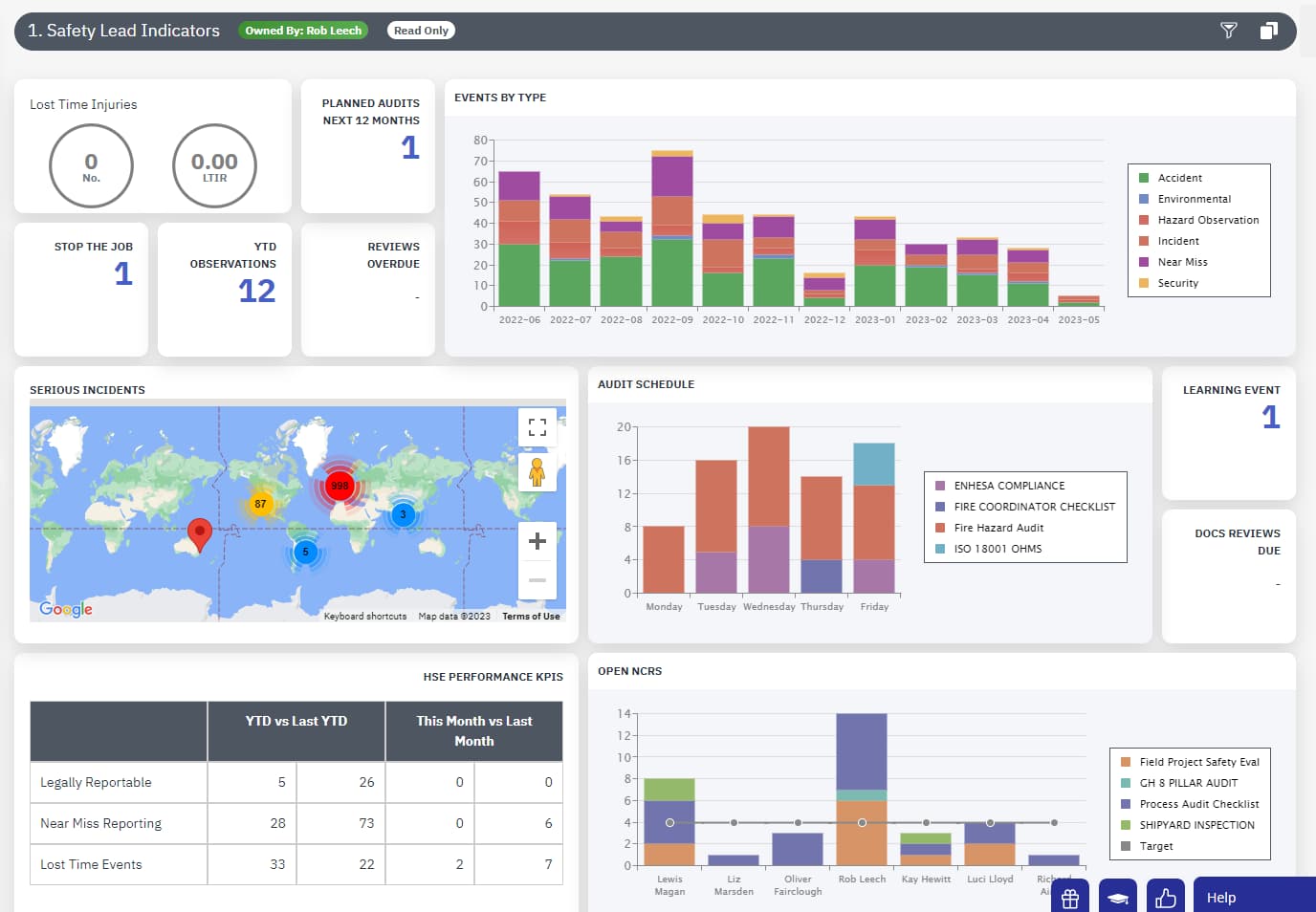
Safety PLC Meaning & Definition
What is a Safety PLC?
A safety PLC, also known as a safety programmable logic controller, is used to control machinery and equipment, and is designed to automate industrial processes.
A safety PLC performs all the functions of a conventional PLC, but it comes with additional operational functionality which allows it to operate safety systems too.
The main purpose of a safety PLC is to prevent failure, and if it’s going to fail, it should be designed to fail in a safe and predictable manner. This is possible through the use of microprocessors and built-in redundancies.
Safety PLCs and Their Importance in a Safety Instrumented System (SIS)
A safety PLC is a critical component within a safety instrumented system (SIS). The SIS is designed to monitor different processes, such as machine operations, using sensors.
In case the readings reach an unacceptable level that fall outside of the defined parameters, the SIS automatically initiates equipment shut down, or kills harmful processes.
Safety PLCs are connected to the sensors, and they are also referred to as logic solvers. The main difference between a regular PLC and a safety PLC is that the latter has additional redundancies built into it to prevent failure.
Standards Governing Safety PLCs
Not every regular PLC can be considered a safety PLC. Safety PLCs must be designed in accordance with a series of international standards, including IEC 61508 – Functional Safety of Electrical/Electronic/Programmable Electronic Safety-related Systems.
The standard clarifies that while zero risk systems are impossible, there are ways to mitigate non-tolerable risks and to bring them within acceptable limits.
Safety PLCs are designed to offer a broad spectrum of diagnostics, which is one of the main factors that companies evaluate when selecting them.
Understanding Safety Integrity Level (SIL)
The Safety Integrity Level is a metric used to determine system performance in terms of safety, and is expressed as a probability of failure on demand (PFD). Safety PLCs usually have a SIL rating, indicating how secure they are. There are four SIL ratings: SIL 1, 2, 3, and 4. The higher the rating, the safer the unit, and as such, the lower its probability of failure.
Safety PLCs that are designed to reach a Safety Integrity Level of three or higher are designed to detect more than 99% of potential failures. Numerous tests are conducted on the safety PLC, including program flow control and diagnostic reviews.
Before a SIL rating is assigned, companies must also use injection testing to analyze it for software faults. Companies must ensure that corrupted programs within the PLC are detected and that it responds in a safe and predictable manner.
Benefits of Using Safety PLCs
Safety PLCs offer numerous benefits, which is why they are so prevalent in many industries. Here are some of the main benefits they offer.
Saves Time and Money
One of the biggest benefits of using safety PLCs is that they help companies save a great deal of time and money, as they don’t have to worry about installing additional field wiring.
Since safety PLCs completely negate the need for installing relays, there’s no need for companies to invest in additional wiring or worry about its maintenance.
Saves Space
Similarly, because there’s no need for additional components and wiring, companies can use space more efficiently within the facility. As compared with safety relays, PLCs are much smaller and take up less space on a panel.
Furthermore, they can be used for standard process control as well, making them quite versatile in terms of use.
Long-Term Savings
A major benefit of safety PLCs is that they help companies increase long-term savings The initial cost of safety PLCs is generally higher in comparison to safety relays, but in more complex systems that require numerous relays, safety PLCs are a better choice.
Companies don’t have to spend on additional wiring, worry about allocating space, or spend money on component maintenance. All of this translates into greater savings over a longer time period.
Faster Processing
Speed is a key concern in facilities with complicated systems. Because safety PLCs have lesser wires and connections, they are generally much more reliable.
Furthermore, setting up safety PLCs is also more convenient, and the risk of miswiring is significantly lower. When modifications need to be made to the wiring, it’s much easier to do with safety PLCs as compared to relays.
Use EcoOnline to Improve Workplace Safety
EcoOnline’s Health & Safety Software makes it easy for companies to record and analyse any incidents in the workplace.
The cloud-based solution is designed to improve risk assessments and allow for more comprehensive safety audits, making it easier for companies to test and analyse safety systems in the workplace.




